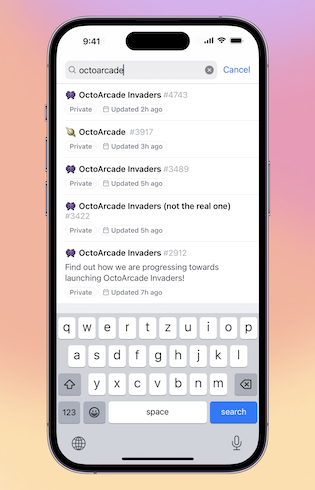GitHub users write a lot of Markdown; so much so that we render 2 billion Markdown files everyday; at peak times, we're processing 1,300 Markdown files a second! Any opportunity we have to shave a few seconds off of the Markdown authoring experience on GitHub is time well-spent.
Introducing Markdown Helpers powered by Slash Commands
To use Markdown Helpers, simply type / on Issues, Pull Requests, or Discussion descriptions/comments and use the subsequent dialog to choose from a number of useful Markdown shortcuts.
Use shortcuts like /table to make Markdown tables a breeze, or /details to make selectively showing content to readers much easier than remembering the HTML formatting.
As part of our first release, we've included 6 out-of-the-box features which we hope will help teams author Markdown faster and with less context switching:
- Code Block
- Support for language-specific syntax highlighting
- Details
- Specify details that the reader can open and close on demand
- Saved Replies
- Access your saved replies directly from Slash Commands
- Table
- Easily insert Markdown Tables
- Templates
- Easily populate your Repository's Issue or Pull Request templates directly from Slash Commands!
- Tasklist
- Easily insert a Tasklist
- Note: Tasklists are currently in Private Beta, only users in organizations added to the Private Beta will see this option)
We'd love to hear from you!
Be sure to check out the official Slash Commands documentation for more details on the commands we're releasing today.
Anything we missed? Got an idea for a great Slash Commands feature?
Please leave us some feedback in our Feedback Discussion about how you'd like to use Slash Commands on GitHub.


















